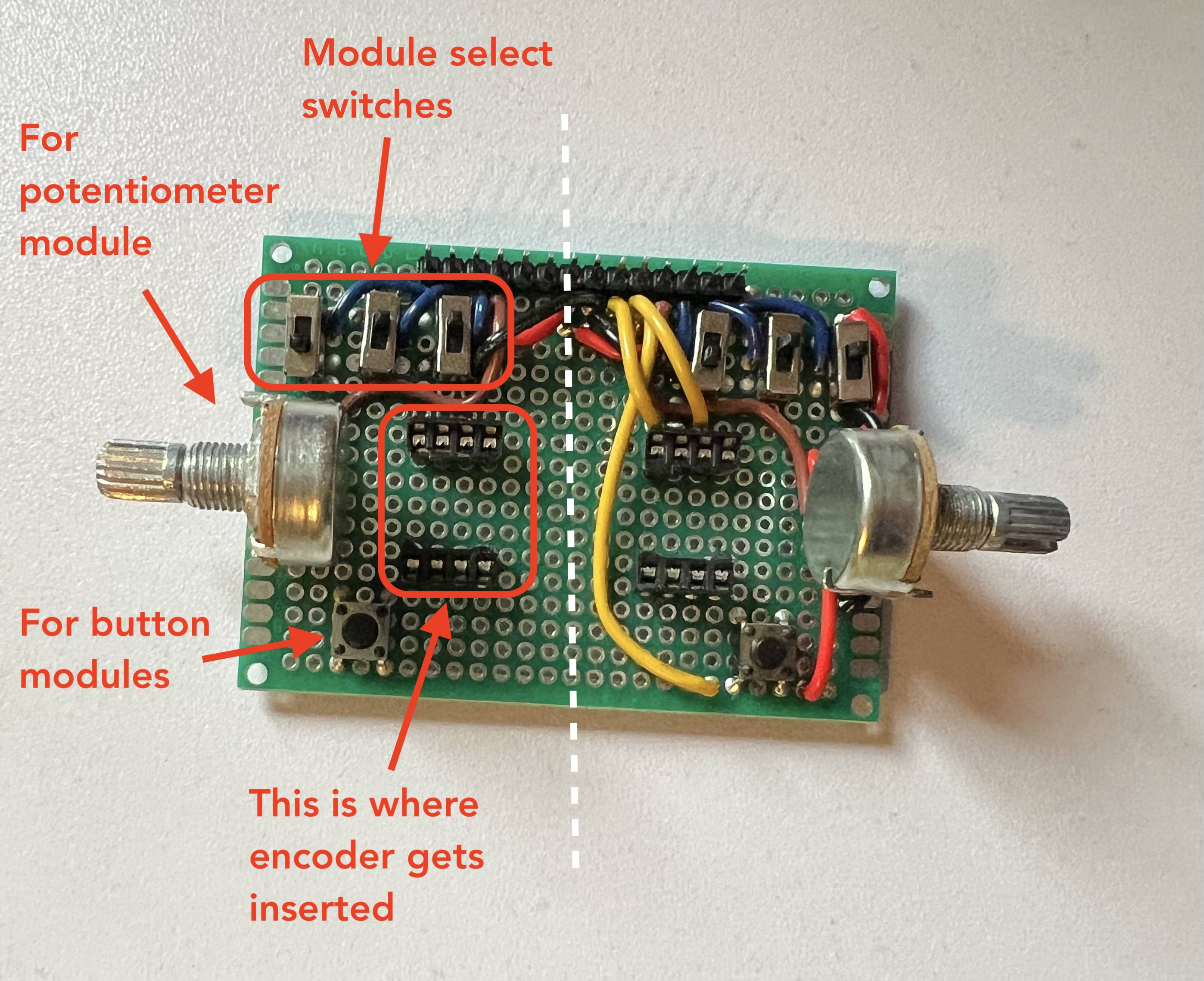Lots of progress this week, mostly focused on visual improvements for the game. Comprehensive list of improvements and gameplay screenshots under the cut.
Next week I will be gathering playtesting feedback in order to identify areas of improvement for the game and to see how well our game meets the enjoyability metric that we set in our design report. In addition to whatever improvements are suggested while playtesting, I also have a few more gameplay touchups in mind that I will be working on next week (adding a stun mechanic, a main menu, tutorial, pause menu, and scene transitions, and a counter for number of fish killed as well as a high score tracker for maximum depth reached and max number of fish killed).
For tests on the enjoyability of the game (unrelated to controller tests, which Alan / John will work on), we’ll be handing out a playtesting survey when we have people try our game. To measure enjoyability we will be using a simple, binary “would you recommend this game” question in the survey, similar to how Steam user reviews work. Tests haven’t been performed yet because we are still working on finishing construction of both controllers. Continue reading “Angela’s Status Report 4/12”





